Ranger Environmental Services, Inc. is recognized as a leading provider of site assessment services throughout Texas and the southwest region of the United States. Our professional and technical staff can assist you in the following types of assessment which can satisfy your environmental needs.
What is a Phase I Environmental Site Assessment?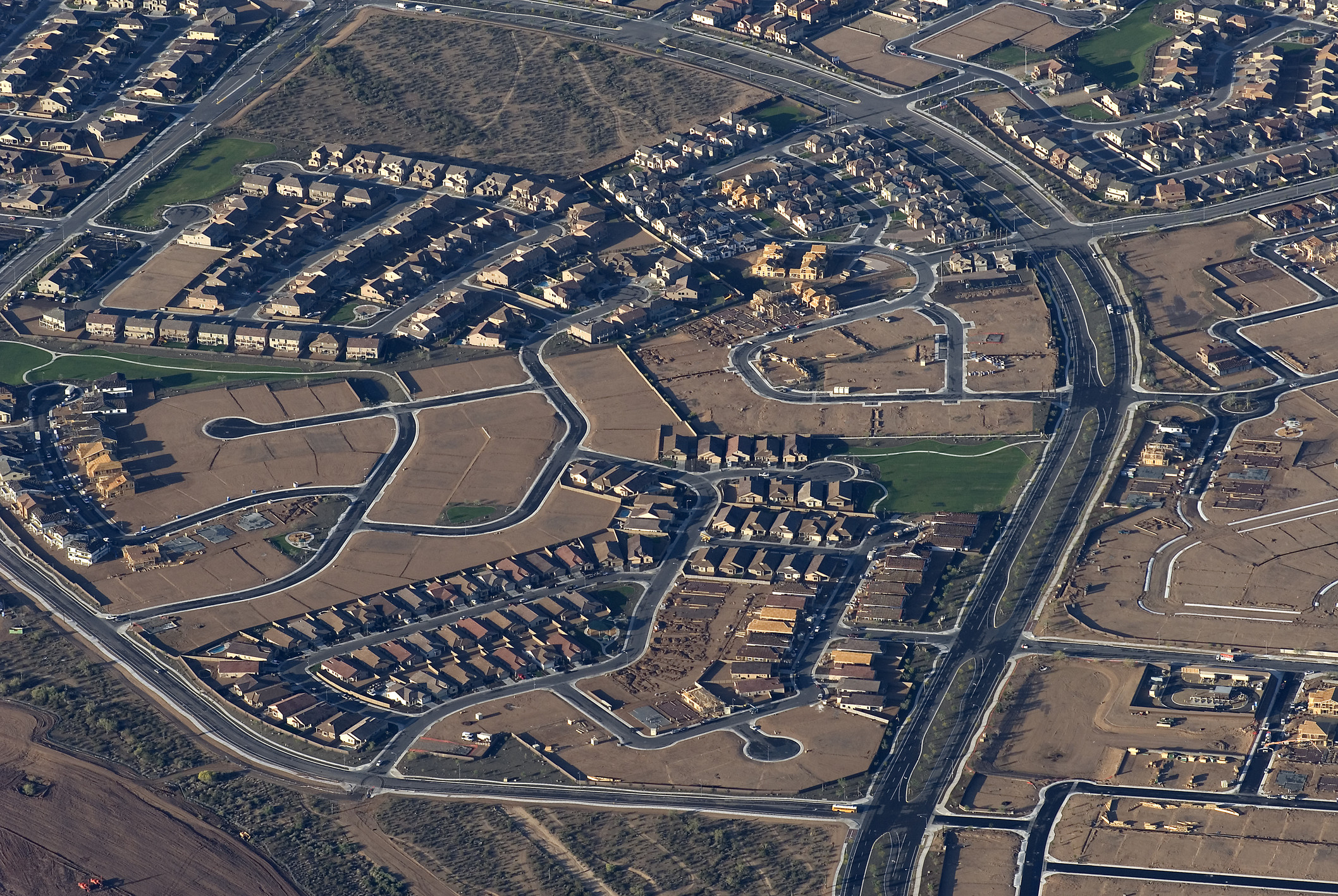
Required by lending agencies in commercial real estate transactions, an environmental site assessment, as defined in the guidance document ASTM E1527-13, is the process by which a person or entity seeks to determine if a particular parcel of real property is subject to recognized environmental conditions (RECs).
In layman’s terms, a Phase I environmental site assessment is the investigation of a property in order to determine if petroleum products or hazardous substances has historically, is currently, or has the future potential to negatively impact the property.
What Ranger can do for you?
For the past two decades, Ranger environmental professionals have performed environmental site assessments throughout the state of Texas and across the United States. Ranger is a licensed Registered Corrective Action Specialist and is certified by ASTM International to perform environmental site assessments throughout the United States. These assessments are performed in accordance the US EPA all appropriate inquiry and ASTM E1527-13 standards and include the following elements:
- Government records review;
- Historical records review;
- Property Reconnaissance;
- Interviews with past and present owners and occupants; and
- Documentation and final report.
Ranger’s Phase I environmental site assessment department offers a fast, thorough, and cost-effective product that will satisfy all commercial lending agency requirements. Ranger will tailor the assessment process and final report completion to fit within our client’s schedules and deadlines.
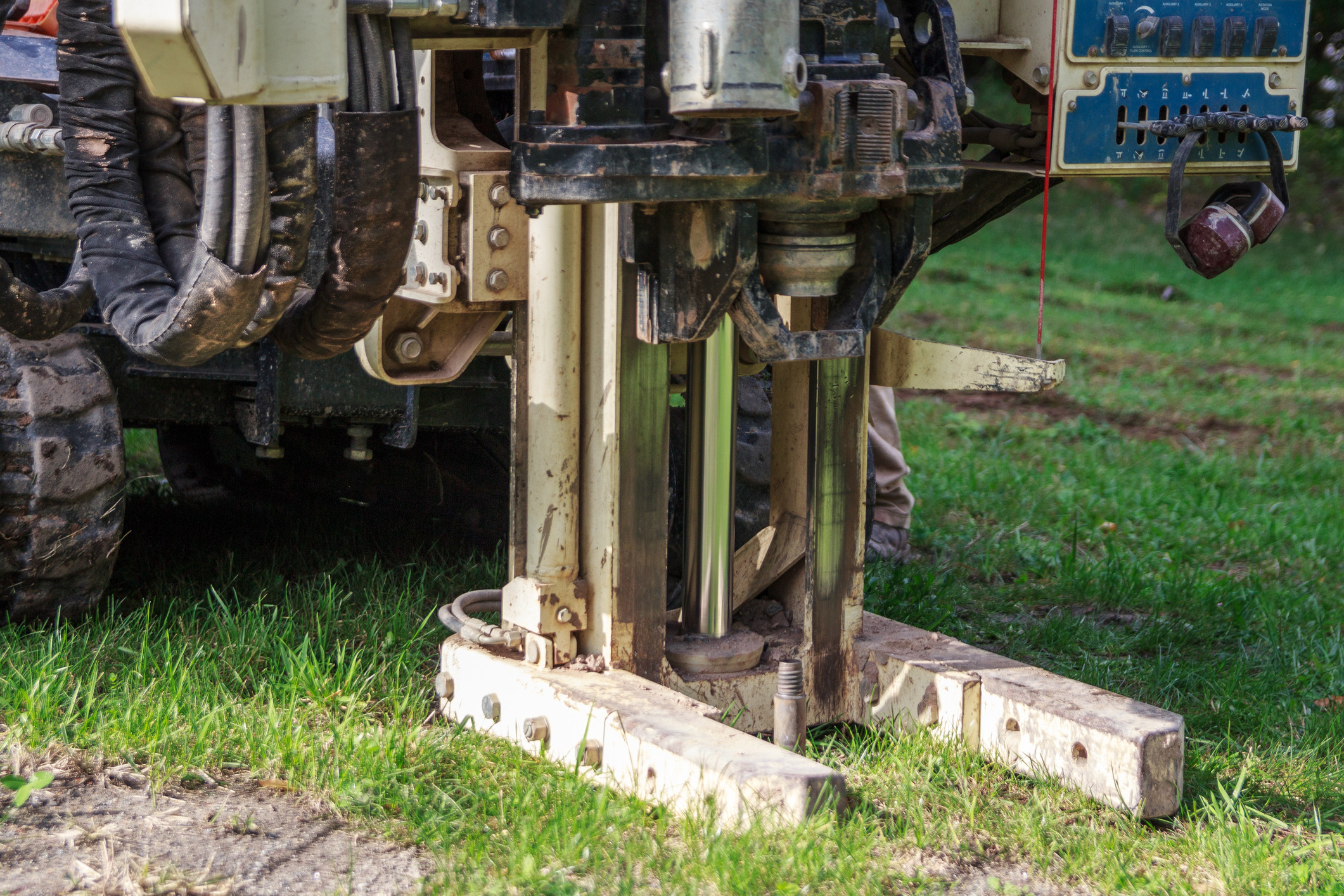 What are Phase II & III site investigations?
What are Phase II & III site investigations?
While a Phase I is a preliminary site investigation, a Phase II is a follow-up investigation which typically involves intrusive testing of materials such as air, soil, surface water and groundwater. The objective is to identify and/or confirm the presence or absence of adverse impacts to the environment. Representative samples are collected to accurately determine site characteristics.
A Phase III investigation determines the nature and extent of adverse environmental impacts identified by the Phase II investigation. The purpose is to determine the potential risk to human health, the environment, and develop a Remedial Action Plan, if required.
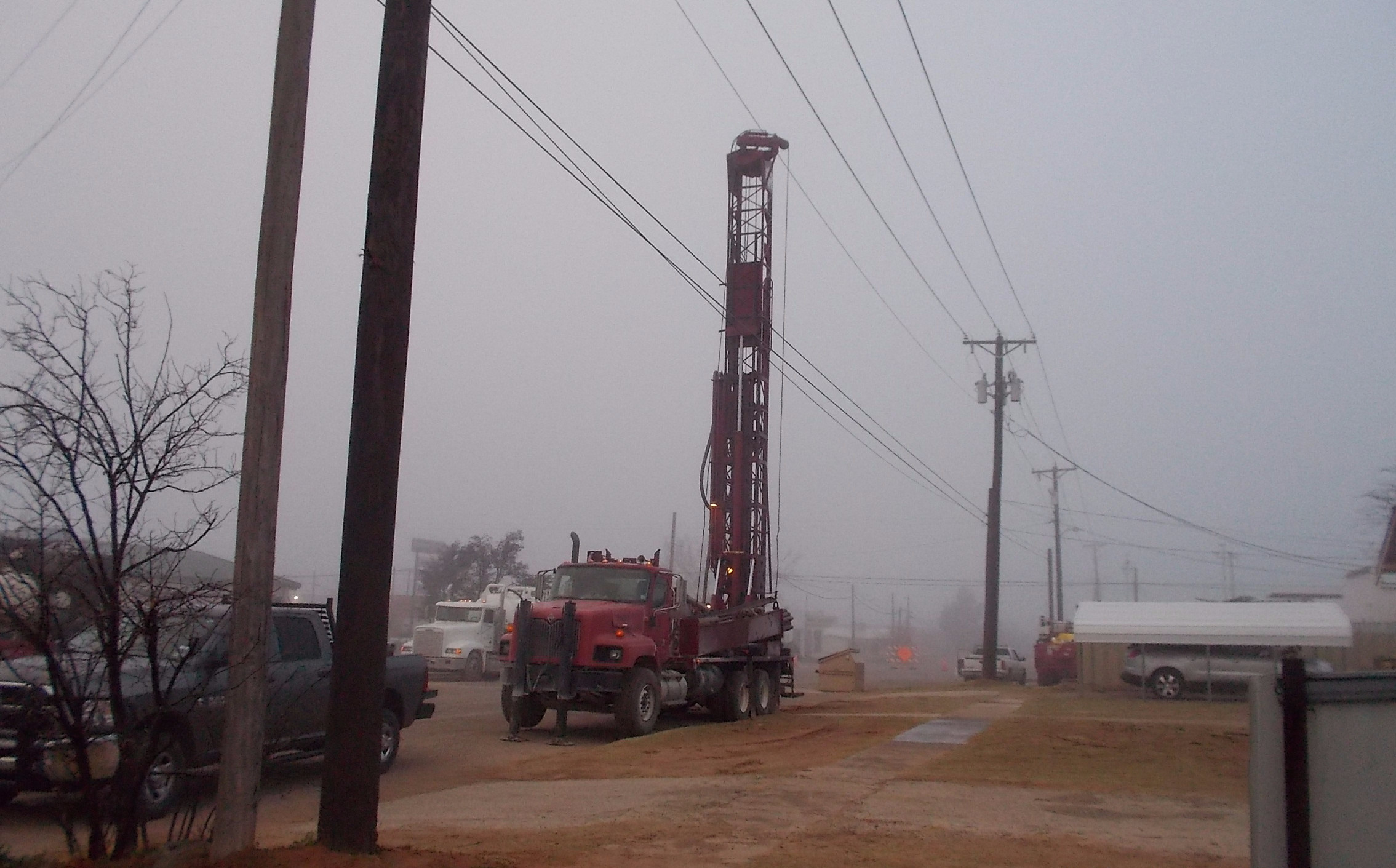 What can Ranger do for you?
What can Ranger do for you?
Ranger environmental professionals are experienced in the requirements of Phase II and III site assessments and their regulatory compliance programs. Ranger specializes in meticulous planning, hands-on site supervision, detailed cost control and on-going communication with clients, contractors, and regulators to ensure successful projects.
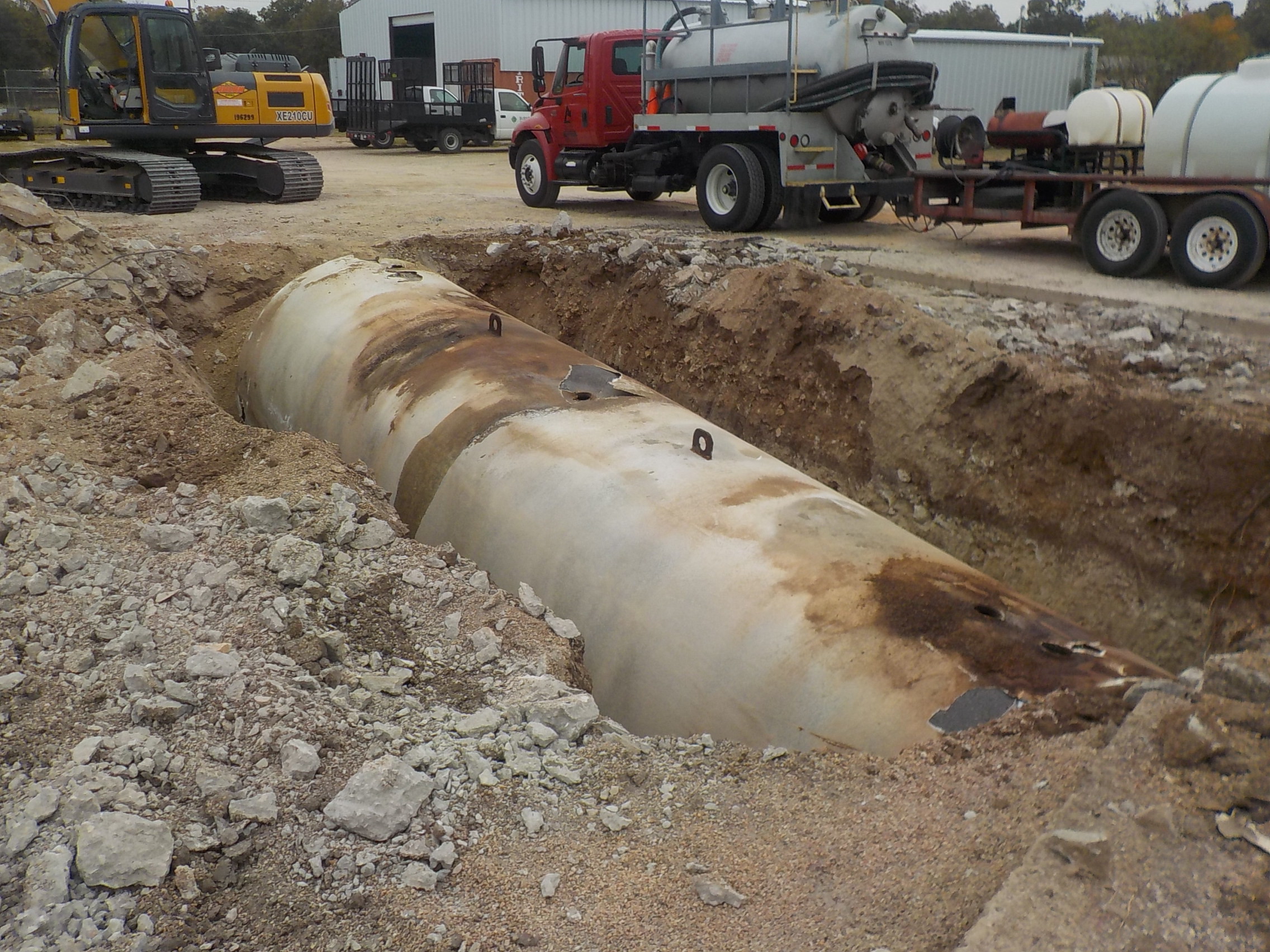 What is 334 PST/Risk Based Assessment?
What is 334 PST/Risk Based Assessment?
Texas Administrative Code (TAC) 334 is a comprehensive regulatory program for hazardous substance and petroleum substance underground storage tank (UST) systems, and a limited regulatory program for petroleum product aboveground storage tanks (ASTs). TAC 334 establishes minimum standards and procedures to reasonably protect and maintain the quality of the state’s groundwater and surface water resources from environmental contamination that could result from any releases of harmful substances stored in such tanks.
What can Ranger do for you?
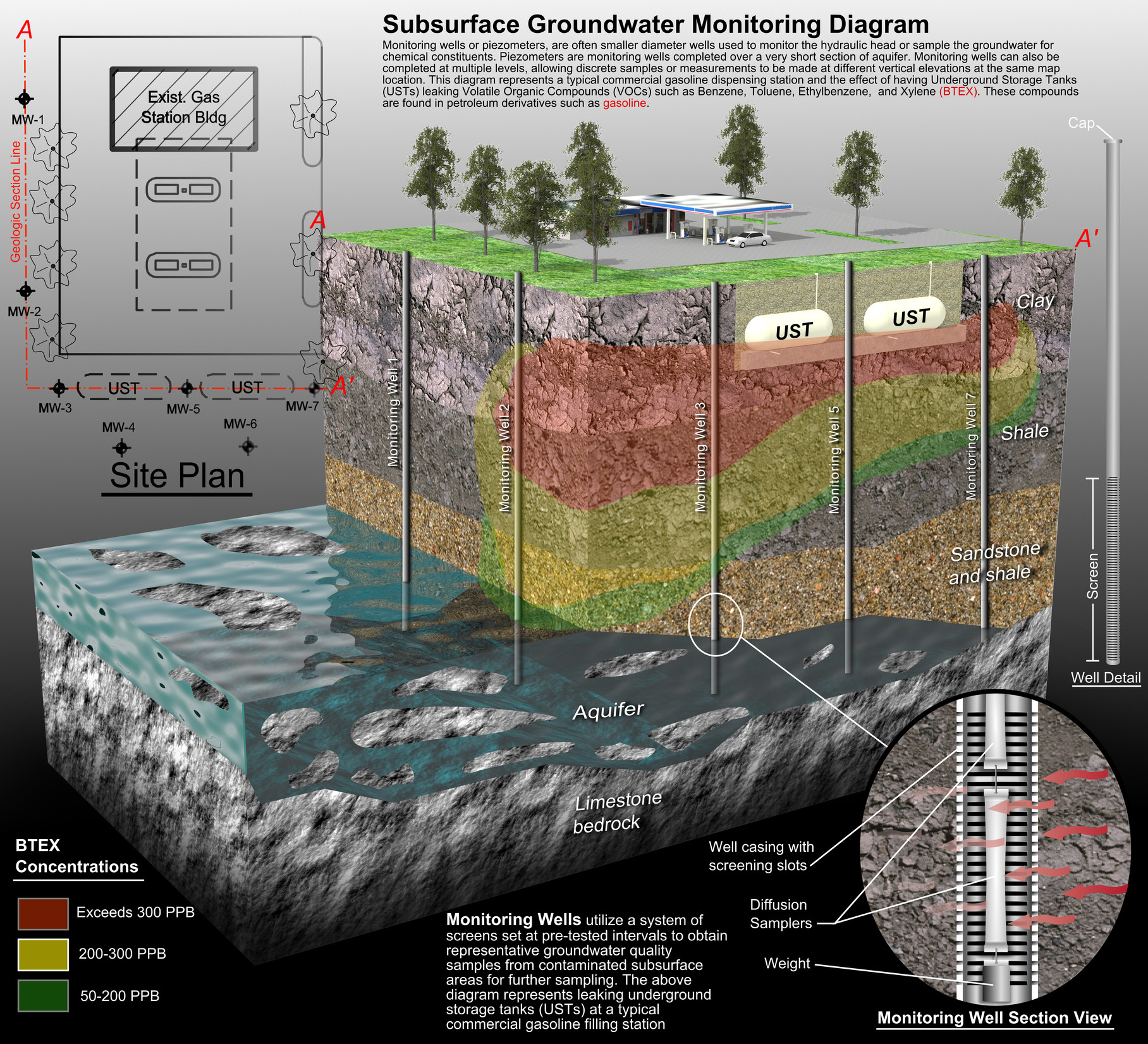 Ranger personnel have extensive experience in the Texas Commission on Environmental Quality (TCEQ) TAC 334 Underground and Aboveground Storage Tank Program. Over the past sixteen years, Ranger has successfully closed hundreds of leaking petroleum storage tank sites across the state of Texas.
Ranger personnel have extensive experience in the Texas Commission on Environmental Quality (TCEQ) TAC 334 Underground and Aboveground Storage Tank Program. Over the past sixteen years, Ranger has successfully closed hundreds of leaking petroleum storage tank sites across the state of Texas.
Services provided by Ranger include: removal of tank systems; release determination investigations; risk-based site investigations and groundwater monitoring; fate and transport modeling; preparation of Assessment Report Forms and Plan B Risk Assessment Reports; feasibility testing; preparation of Corrective Action Plans; installation and operation and maintenance of remedial systems; and site closure activities.
What is 350 TRRP?
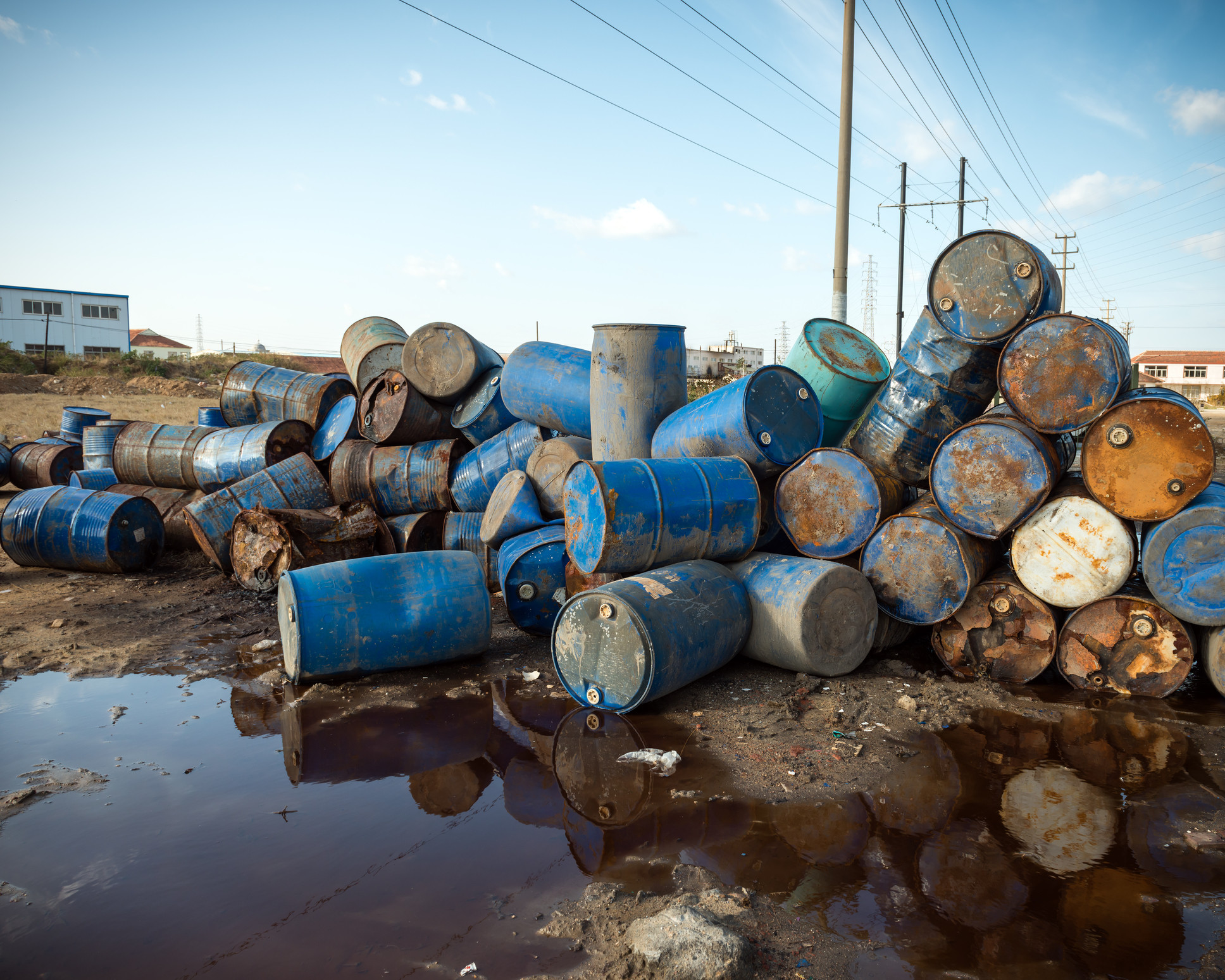 Texas Administrative Code (TAC) 350 provides a consistent corrective action process directed toward protection of human health and the environment. TAC 350 uses a tiered approach incorporating risk assessment techniques to help focus investigations, to determine appropriate protective concentration levels for human health, and when necessary, for ecological receptors. The program also sets reasonable response objectives that will protect human health and the environment and preserve the active and productive use of land in the state of Texas.
Texas Administrative Code (TAC) 350 provides a consistent corrective action process directed toward protection of human health and the environment. TAC 350 uses a tiered approach incorporating risk assessment techniques to help focus investigations, to determine appropriate protective concentration levels for human health, and when necessary, for ecological receptors. The program also sets reasonable response objectives that will protect human health and the environment and preserve the active and productive use of land in the state of Texas.
What can Ranger do for you?
Ranger can assist clients whose release sites are subject to the Texas Commission on Environmental Quality industrial and hazardous waste (IHW) corrective action program. This program oversees the cleanup of sites contaminated from industrial and municipal hazardous and industrial nonhazardous wastes.
The majority of cleanups for these types of sites are now being conducted under the Chapter 350 Texas Risk Reduction Program (TRRP). Ranger can conduct the required release determination investigations, risk-based site investigations and groundwater monitoring, groundwater classification determinations, development of protective concentration levels, selection of remedy standards, and development of soil and groundwater response objectives. This also includes the preparation of Affected Property Assessment Reports and other TRRP-required reports and notices. Ranger can also conduct any necessary feasibility testing and prepare and implement Response Action Plans.
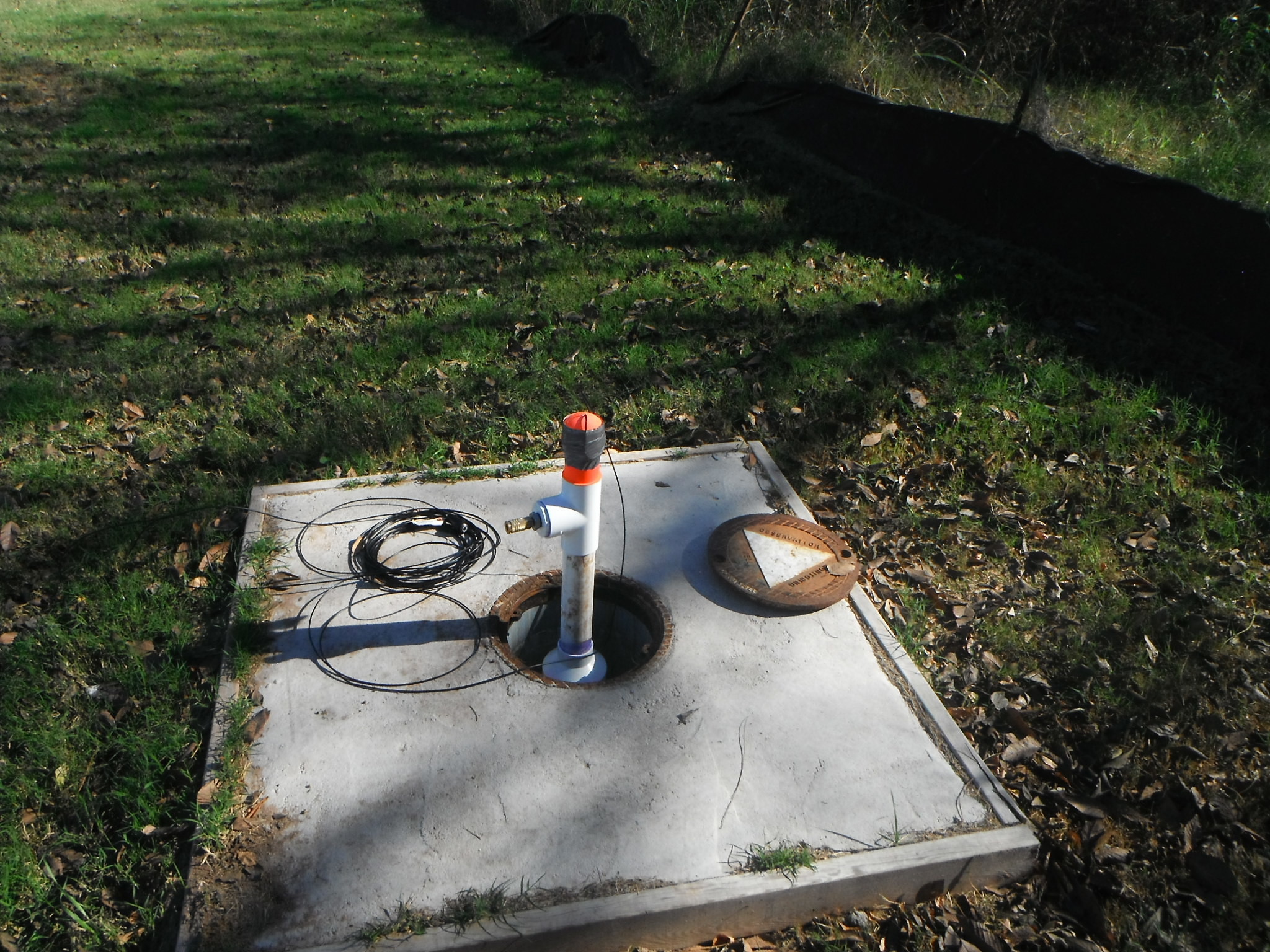 What is an Aquifer Performance Testing?
What is an Aquifer Performance Testing?
Aquifer tests are conducted to determine aquifer characteristics such as hydraulic conductivity, transmissivity and storativity. Knowledge of aquifer characteristics may be used to classify groundwater-bearing units for regulatory purposes, to assist in the design of remedial systems and for many other purposes.
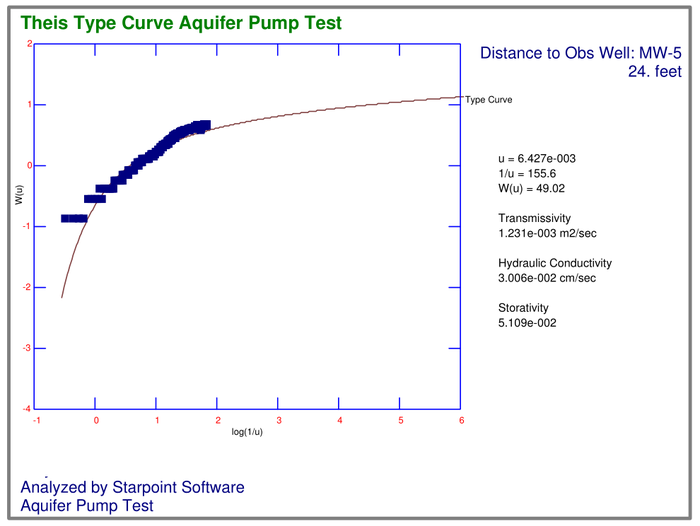 What can Ranger do for you?
What can Ranger do for you?
Ranger’s environmental scientists can evaluate the aquifer data needs for your project and can design and conduct an aquifer test that will yield the desired information. Using specialized computer programs and field equipment, Ranger can cost-effectively tailor a test to meet your needs.
 What is Regulatory Compliance?
What is Regulatory Compliance?
Regulatory compliance involves identifying and complying with applicable laws and regulations. This can be a challenging task due to environmental regulations that are complex and constantly changing. A regulatory compliance audit can help assess compliance with the applicable laws and regulations to minimize potential risks and liability associated with non-compliant activities.
What Ranger can do for you?
The staff of Ranger can assist clients in the identification and understanding of applicable laws and regulations that apply to their facilities and operations so that they can stay in compliance. Ranger can also assist clients in the development of cost-effective options to achieve regulatory compliance and help reduce risks and liability.
What is Environmental Sampling?
Environmental sampling involves the collection of soil, sediment, surface water, air and/or groundwater samples. The collection of environmental samples can be used to determine whether a release may have occurred at a site, or to define the extent and magnitude of a documented release. The collection of samples on a periodic basis, such as during a groundwater monitoring program, can yield data useful in evaluating seasonal variations in subsurface conditions, the stability of a groundwater plume and/or the effectiveness of remedial operations.
What can Ranger do for you?
Ranger’s professional staff has extensive experience in collecting and interpreting environmental samples. Ranger staff can evaluate the environmental sampling needs of your project and can design and implement a cost-effective sampling plan that will yield the critical data. Whether it is for a real estate transaction, an underground storage tank removal, or a risk-based site assessment, Ranger has the equipment, personnel and skills needed to collect the environmental samples for your project.
